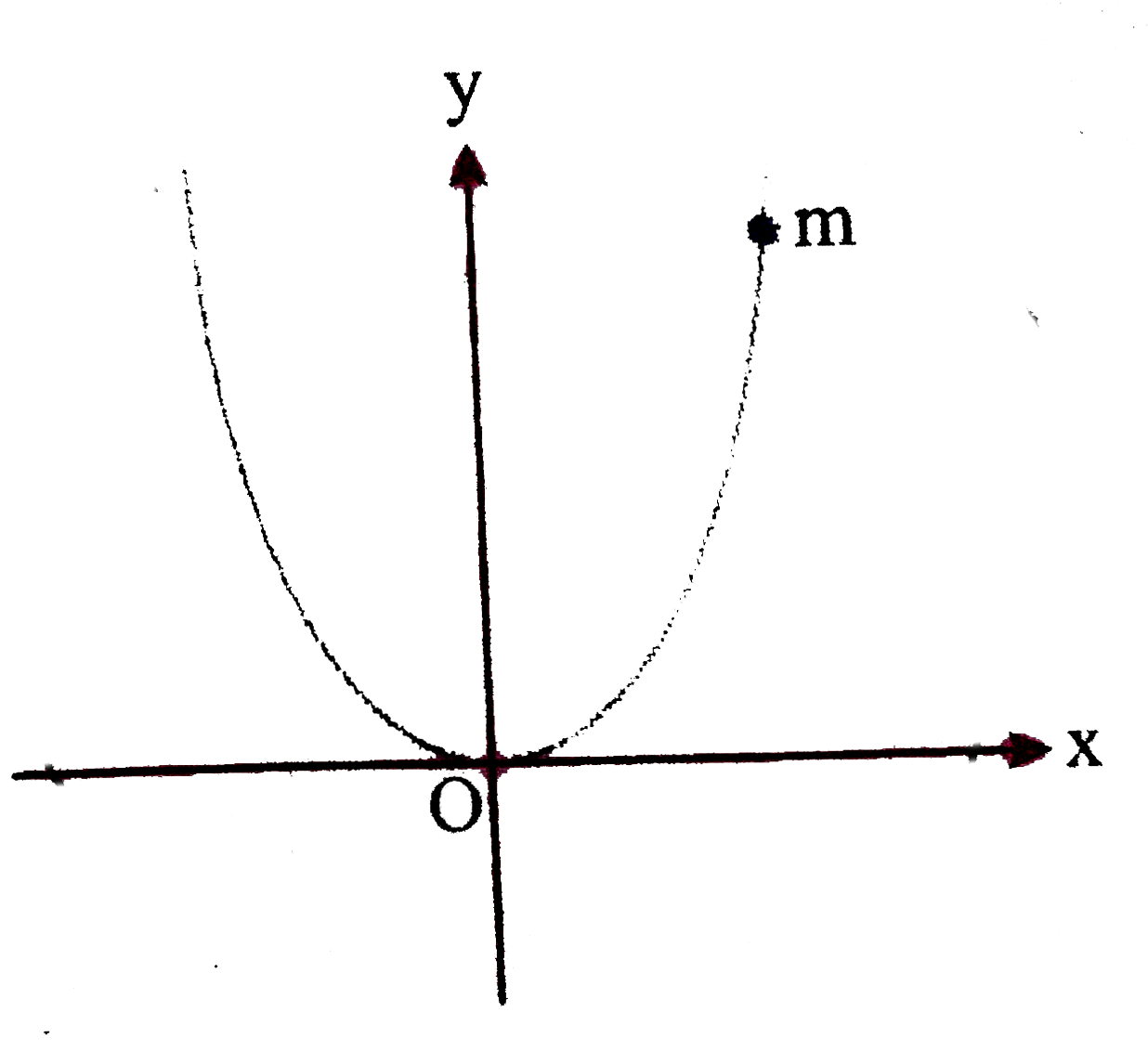Give colour of bead when glassy bead reacts with TiO.
Yellow bead
Topper's Solved these Questions
- BOOK - AAKASH INSTITUTE ENGLISHCHAPTER - THE P-BLOCK ELEMENTSEXERCISE - Try yourself70videos
THE P-BLOCK ELEMENTS
- BOOK - AAKASH INSTITUTE ENGLISHCHAPTER - THE P-BLOCK ELEMENTSEXERCISE - Assignment Section-A)94videos
THE P-BLOCK ELEMENTS
- BOOK - AAKASH INSTITUTE ENGLISHCHAPTER - THE D AND F-BLOCK ELEMENTS EXERCISE - Assingment ( Section-J Aakash Challengers Questions )10videos
THE D AND F-BLOCK ELEMENTS
- BOOK - AAKASH INSTITUTE ENGLISHCHAPTER - THE S-BLOCK ELEMENTSEXERCISE - Assignment (Section-J)10videos
THE S-BLOCK ELEMENTS
Similar Questions
Give colour of bead produced when glassy bead reacts with CuO
View SolutionGive colour of bead produced when glassy bead reacts with CuO
View SolutionGive chemical composition of glassy bead .
View SolutionA bead of mass m is located on a parabolic wire with its axis vertical and vertex at the origin as shown in figure and whose equastion is x2=4ay. The wire frame is fixed and the bead is released from the point y=4a on the wire frame from rest. The tangential acceleration of the bead when it reaches the position given by y=a is
 View Solution
View SolutionA bead of mass m is located on a parabolic wire with its axis vertical and vertex at the origin as shown in figure and whose equastion is x2=4ay. The wire frame is fixed and the bead is released from the point y=4a on the wire frame from rest. The tangential acceleration of the bead when it reaches the position given by y=a is
 View Solution
View SolutionGive chemical composition of glassy bead.
View SolutionColour of the bead in borax bead testis mainly due to the formation of
View SolutionColour of the bead in borax bead test mainly due to the formation of
View SolutionWhich gives blue bead in borax bead test ?
View SolutionThe Fig. shows a string of equally placed beads of mass m, separated by distance d. The beads are free to slide without friction on a thin wire. A constant force F act on the first bead initially at rest till it makes collision with the second bead. The second bead then collides with the third and so on. Supposed that all collisions are elastic,
 View Solution
View Solution

